Founder's Note
My dream of becoming a tattoo artist was shattered.
I loved tattoos and their creative art forms so much that I even got a tattoo machine as a gift. While I didn’t have anyone to show me the ropes, I learned that Oregon had the largest tattoo artist community.
Figuring there would not be better place to grow as a tattoo artist, I moved to Portland in 2014. I had no friends or family in Oregon. I was able to get a pair of part-time jobs that I needed to survive. Meanwhile, I immersed myself into tattoo community and subculture, and focused all my effort into becoming a licensed artist. I even set up an online gallery showcasing tattoo art and techniques from other stylists.
Despite my best efforts, it was a struggle to stay competitive as a budding tattoo artist. The tattoo community was heavily saturated with thousands of other artists competing for the same marketplace. Still, I was able to inch closer and closer to my goal of establishing myself as a well-known and well-respected tattoo artist within my community.
Until one day, it all went wrong...
I broke my hand during a bike ride. My drawing hand.
It was difficult to do daily tasks throughout my recovery, and my drawing ability was just never the same again. It took me awhile to get past my denial, but one thing was clear.
My career as a tattoo artist was finished.
It was the most difficult decision of my life: letting go of my dream as a tattoo artist and to find something else. It was then I realized that I had no connections where I was living. I was completely detached from the community I left when I made my move to Oregon.
When I returned to the deaf community, I had an unique opportunity to look at it from the outside. I observed a few things that I had not noticed before. Our deaf community did not have a TV personality; only a few public figures that we only see and hear about a few times per year.
I’ve also watched a few productions with deaf roles played by able-bodied actors with normal hearing, but they were nowhere near as engaging as a deaf person who could speak my language. I could clearly see how the deaf community was undervalued and marginalized by the hearing world.
Instead of feeling depressed about it, I was inspired to make a change.
I wanted to bring value to the deaf community through advocacy, empowerment, and equal access to online digital information including video content with captions or sign language. Therefore...
The Beyond Tone project was born.
As a central hub, we use an online video content streaming service to connect, stimulate, educate, and empower the deaf community. To read more about the Beyond Tone project, go to our About page. There are different language mediums in which we deliver our video content to ensure accessibility for all members of the deaf community.
